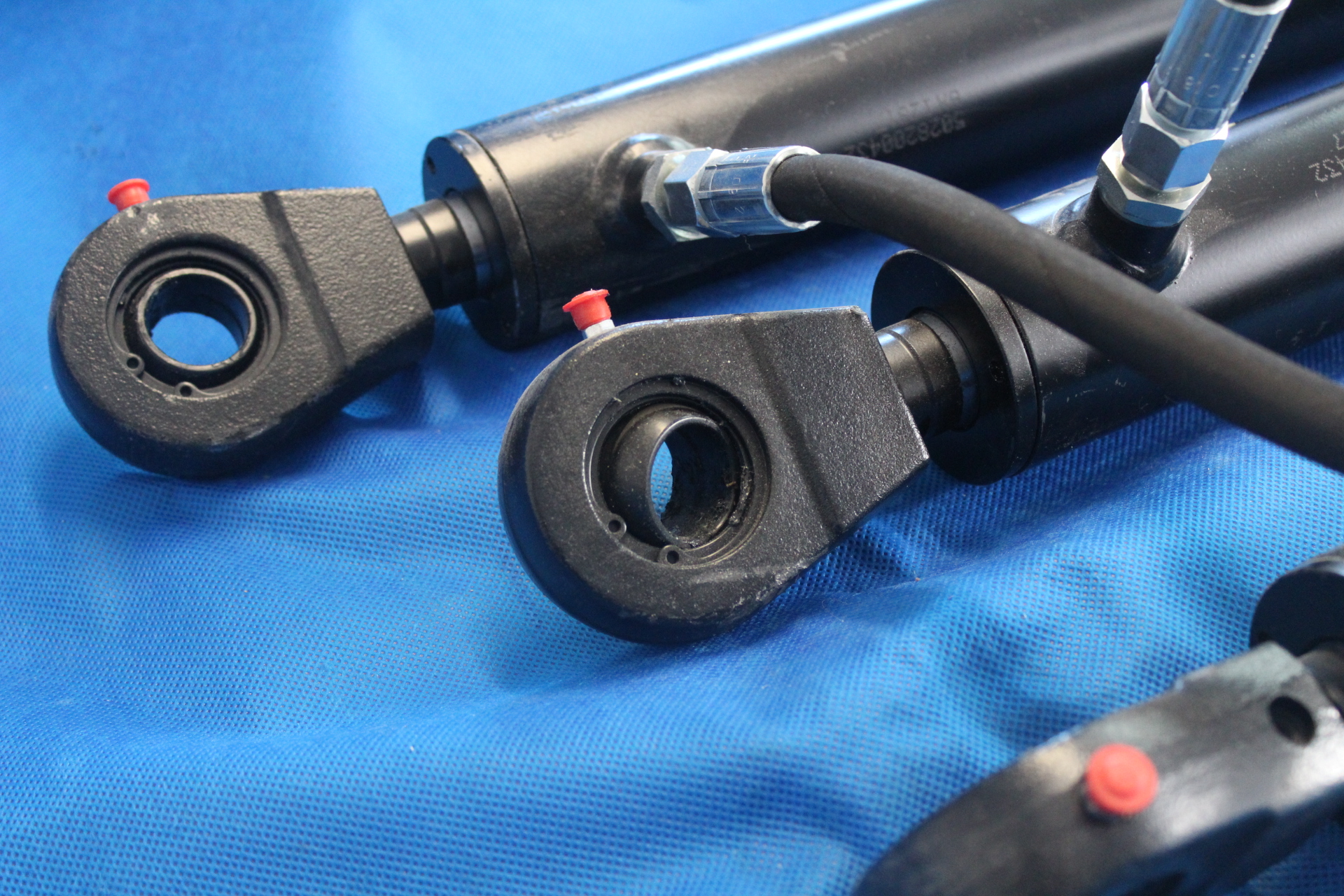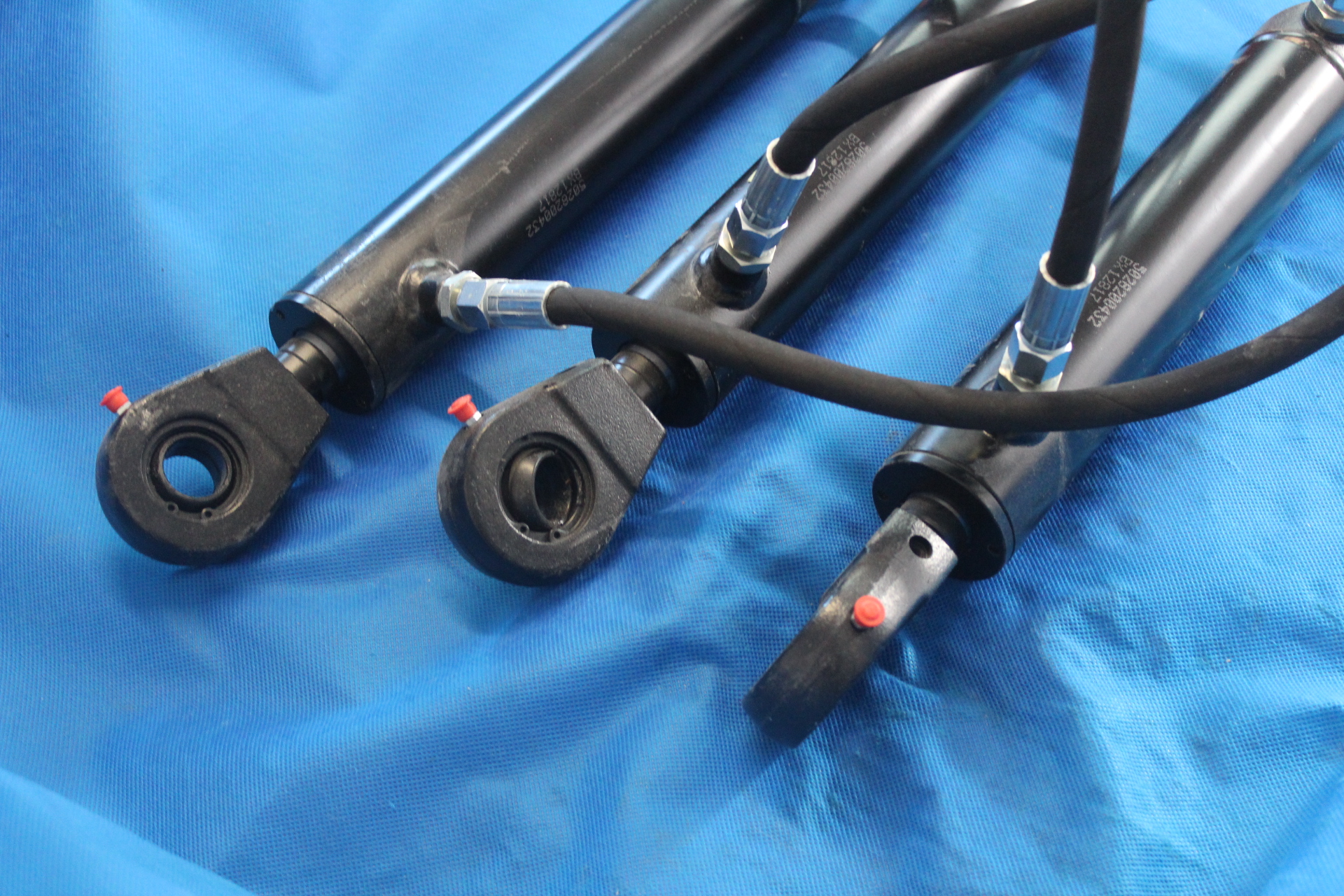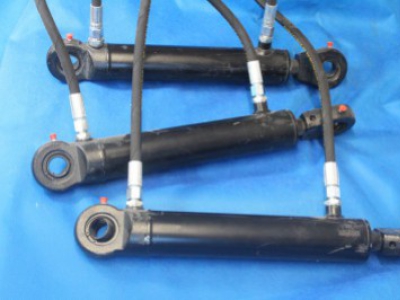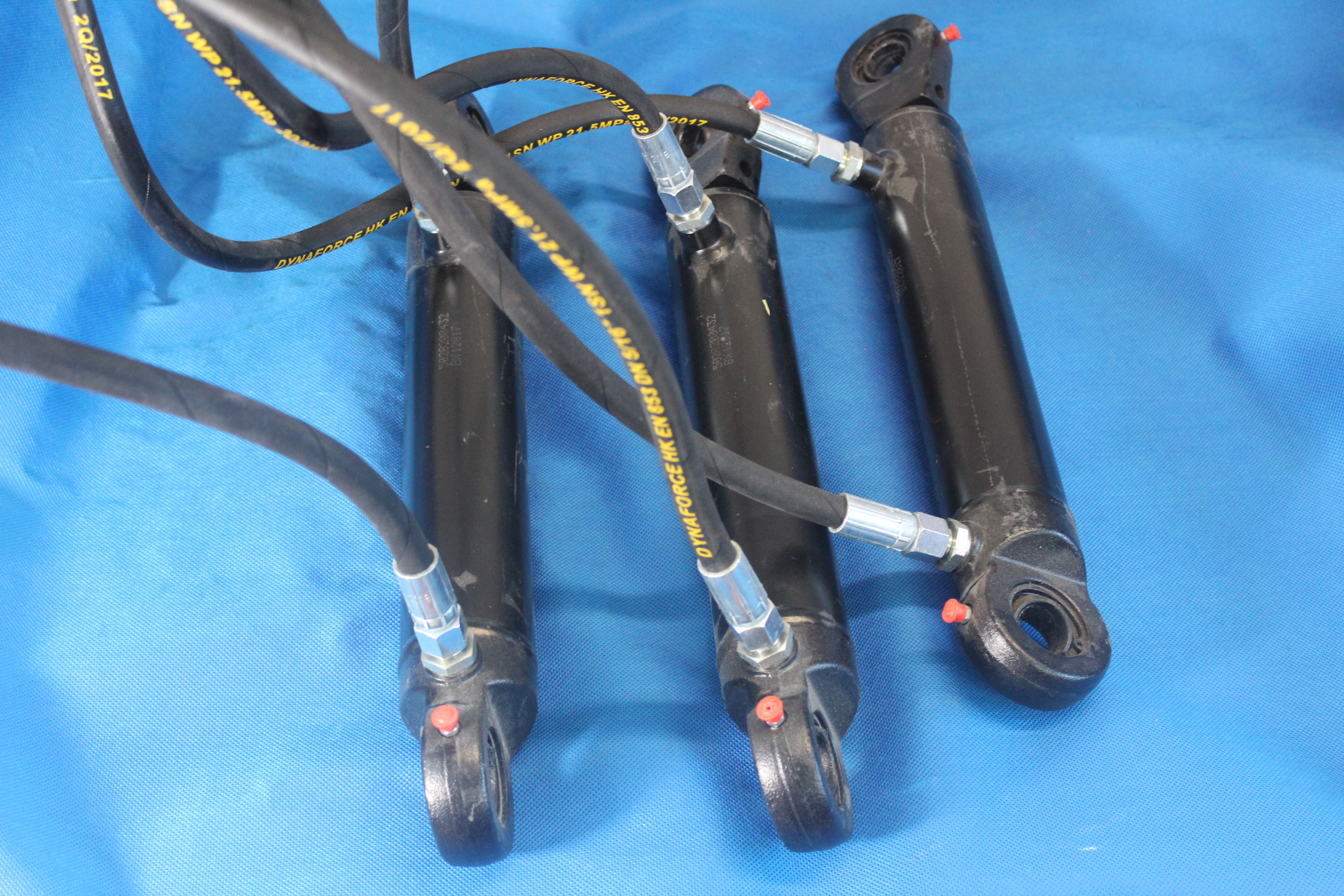The hydraulic cylinder is a mechanical actuator that is used to obtain unidirectional force through a one-way stroke. It is also called a linear hydraulic motor. It has many applications, in particular in construction equipment, production machinery, and civil engineering.
Hydraulic cylinders derive their power from compressed hydraulic fluid, which is usually oil. The hydraulic cylinder consists of a cylindrical cylinder in which the piston connected to the piston rod moves forward and backward. The barrel is closed at one end by a cylinder bottom, which is also referred to as a cap, and the other end by a cylinder head, which is also called a gland in which the piston rod exits the cylinder. The piston has slip rings and seals. The piston divides the inside of the cylinder into two chambers, the lower chamber called the endpin and the lateral chamber of the piston, which is called the end/end of the rod.
Flanges, journals, wedges, and brackets are typical options for mounting actuators. The piston rod also has mountings for attaching the cylinder to the object or machine element that it pushes or pulls.
The hydraulic cylinder is the side of the actuator or "engine" of this system. The "generator" side of the hydraulic system is a hydraulic pump that provides constant or adjustable oil flow to the hydraulic cylinder to move the piston. The piston pushes the oil in the second chamber back into the tank.
Hydraulic cylinder is built of:
-
Cylinder barrel
The main function of the cylinder body is to maintain the pressure in the cylinder. The cylindrical barrel cylinder is mostly made of seamless pipe. The cylinder drum is ground internally, with a typical surface finish of 4 to 16 microinches, the honing process and the burnishing and rolling process (SRB) are the two main types of cylindrical tube manufacturing processes. The piston moves in a reciprocating motion in the cylinder.
-
Cylinder base or cap
The main function of the cap is to close the pressure chamber at one end. The nut is connected to the body by means of welding, threading, screws or tie rod. Blinds also fulfill the role of cylinder assembly elements [cap flange, hat cap, and lid plug]. The size of the hat is determined based on the bending stress. A static seal / o-ring is used between the body and the barrel (except for the welded construction).
-
Cylinder head
The main function of the head is to close the pressure chamber from the other end. The head includes an integrated rod sealing system or the option of accepting a gland. The head is connected to the body by means of threads, screws or tie rod.
-
Piston
The main function of the piston is to separate pressure zones inside the cylinder. The piston is machined with grooves to match the elastomeric or metal seals and support elements. These seals can be single-acting or double-acting. The pressure difference between the two sides of the piston causes the cylinder to slide out and retract.
-
Piston rod
The piston rod is usually a hard chromed piece of cold-rolled steel that connects to the piston and extends from the cylinder through the rod end head. In actuators with a double rod, the actuator has a rod protruding from both sides of the piston and both ends of the cylinder. The piston rod connects the hydraulic cylinder with the machine subassembly performing the work. The piston rod is ground and polished to ensure a reliable seal and prevent leaks.
-
Seal gland
The cylinder head is equipped with gaskets that prevent oil from leaking under pressure between the rod and the head. This area is called a gland. The advantage of the packing is easy disassembly and replacement of the gasket.
-
Seals
Seals are considered/designed in accordance with the cylinder working pressure, cylinder speed, operating temperature, working medium and application. Piston seals are dynamic seals and can be single-acting or double-acting. In general, elastomer seals made of nitrile rubber, polyurethane or other materials are best in environments with lower temperatures.




